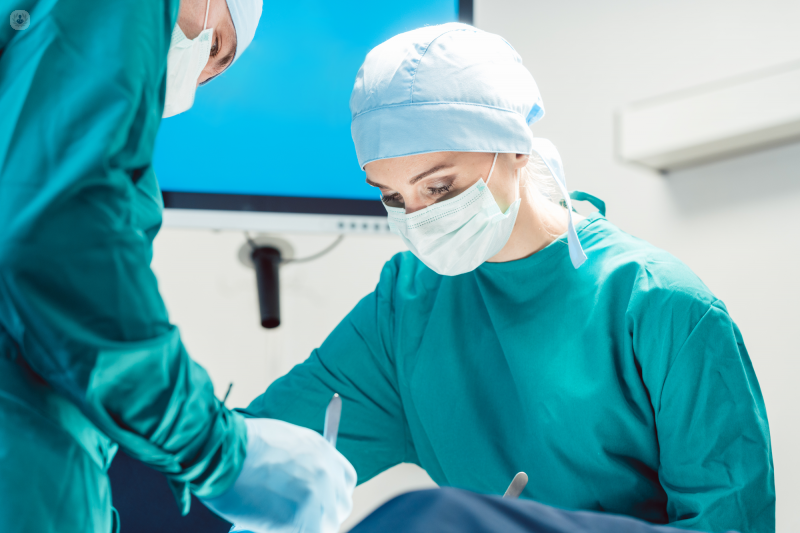What to expect from anal fistula surgery
Written in association with:When would an anal fistula require surgery?
Anal fistula is an inflammatory condition around the anus and it can affect a patient’s quality of life. Fistulas can cause intermittent discharge, bleeding, discomfort or generally make someone feel unwell, and they can be very uncomfortable. Some patients experience repeated abscesses or infections and when drainage procedures or antibiotics don’t work to resolve the symptoms, surgery will be advised.

Any of the above symptoms can affect day to day living, such that patients seek medical help, sometimes requiring surgery. Mr Gordon Neil Buchanan tells us what is involved in a fistulotomy and what to expect with recovery.
What is involved in a fistulotomy?
A fistulotomy is undertaken under general anaesthesia. In most cases, the fistula track will have been assessed before the operation. If the track appeared simple on clinical assessment, often no additional investigations are required. However, if the fistula seems complex or has required previous surgery, additional investigations, such as an MRI or an anal ultrasound can help guide the surgery.
The aim of a fistulotomy is to open the fistula to create an open wound which then heals over time. In simple cases, this can be done by passing a probe through the fistula track and then carefully, but fully opening the track by cutting it with electrocautery, ensuring that there is no significant bleeding. If there are multiple tracks or extensions, these also need to be addressed and slightly larger incisions may be required.
Post fistulotomy
Post operation, simple wounds usually need simple dressings for a short period of time, but more complex fistulas may need more frequent dressing changes by an experienced nurse over a longer period of time.
Most patients with a simple fistula can go home as a day case or after one night in hospital. Patients with more complex fistulas may require more than one night in hospital depending on the need for dressings.
What to expect from recovery
After the procedure, a high fibre diet can help bowel movements, along with plenty of water and suitable painkillers or laxatives, if required. Dressings should be reapplied as required, initially after showering and baths. Healing generally takes time.
The first 1-2 weeks may require time off work to adjust to pain relief, bowel function and managing dressings. Over the course of 6-8 weeks, healing progresses at a faster rate. Occasionally, fistulas require a repeat surgery to ensure that drainage and healing are complete. Depending on the complexity of the fistulotomy, some people may notice that they have slightly less control when passing stools and gas.
How should I adjust my lifestyle to avoid future anal fistulas forming?
A healthy lifestyle including high fibre and avoiding straining are good preventative measures. Most fistulas occur due to bad luck, though a few can be associated with other conditions such as inflammatory bowel disease which will need proper assessment by your specialist.


